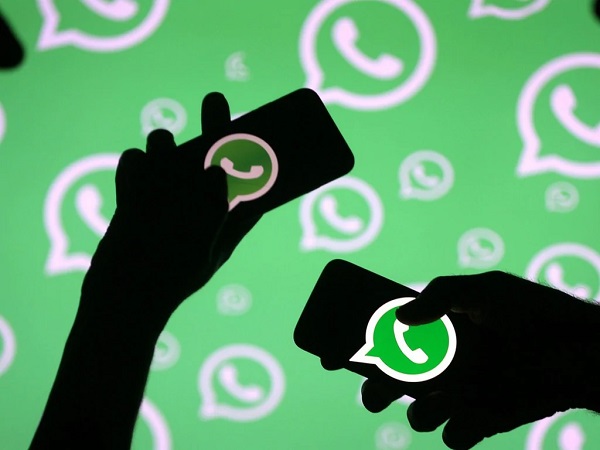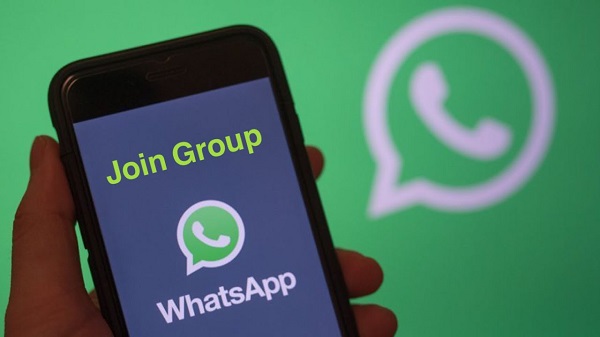WhatsApp, the major digital social media platform: its use during the pandemic and its pitfalls!
The use of WhatsApp increased when the coronavirus pandemic hit the world in spring 2020. People were forced to stay at home and work from home leading online communication the only way for people to remain in touch and socialize.
WhatsApp was the major platform that people utilized for it. An increase of more than 40% in usage was documented.
In countries such as Spain where the lockdown was stricter, it showed an increase of 76%. How did WhatsApp fare during the pandemic? A look back at its performance!
WhatsApp and its use during the pandemic
WhatsApp has value and fits in well between email, Facebook, and SMS. It also allows photos and links to be shared besides the text. It was the prime mode of communication during the pandemic and news, memes, and mass anxiety traveled through it.
At the start, it had a great beginning. Mutual aid groups cropped up to assist the vulnerable. Also, families and friends who were separated by distance used it to stay close.

The mid-April change in the use of the platform
By mid-April, things started getting darker on the social media app. A conspiracy theory about 5G and its use for monitoring and controlling people came up in a stronger form.
And then something more bizarre started. There were forwards and messages that stated that 5G was responsible for the pandemic. It was to such an extent that people started setting fire to the 5G poles put up at various places in the UK. About 20 arson cases were reported from there.

Misinformation and fake news were rampant. In India, Brazil, the USA, and the UK, WhatsApp was used to bias people’s opinions due to its widespread use and far reach.
Steps of the social media group
Facebook and WhatsApp belong to the same group. The company did take some steps to prevent the spread of misinformation. There were attempts to regulate WhatsApp but it met with resistance from the masses because it infringed on civil liberties.
But how much ever the company tried, it could not stop misleading information from leaking in and causing a lot of damage. This platform can easily sow distrust in a person or institution.
The main reason is that a group on this platform can exist and no one would be aware of it. Surveillance from third parties is out. Such secretive co-ordinations are detrimental to democracy.

Such closed yet invisible groups pose a threat to the various institutes and leaders. There is negative solidarity and also politics sets in this group with one member dominating the others.
Anti-vaxx, Anti-5G, anti-Rahul Gandhi, and anti-Hillary Clinton are examples of such hatred sowed by the opponents of these people and technologies. And as they say:
“A group is its own worst enemy”
It holds for WhatsApp as well!
Also, read Shaughna Phillips and Pete Wicks to host the advice hotline for people with dating dilemmas!





